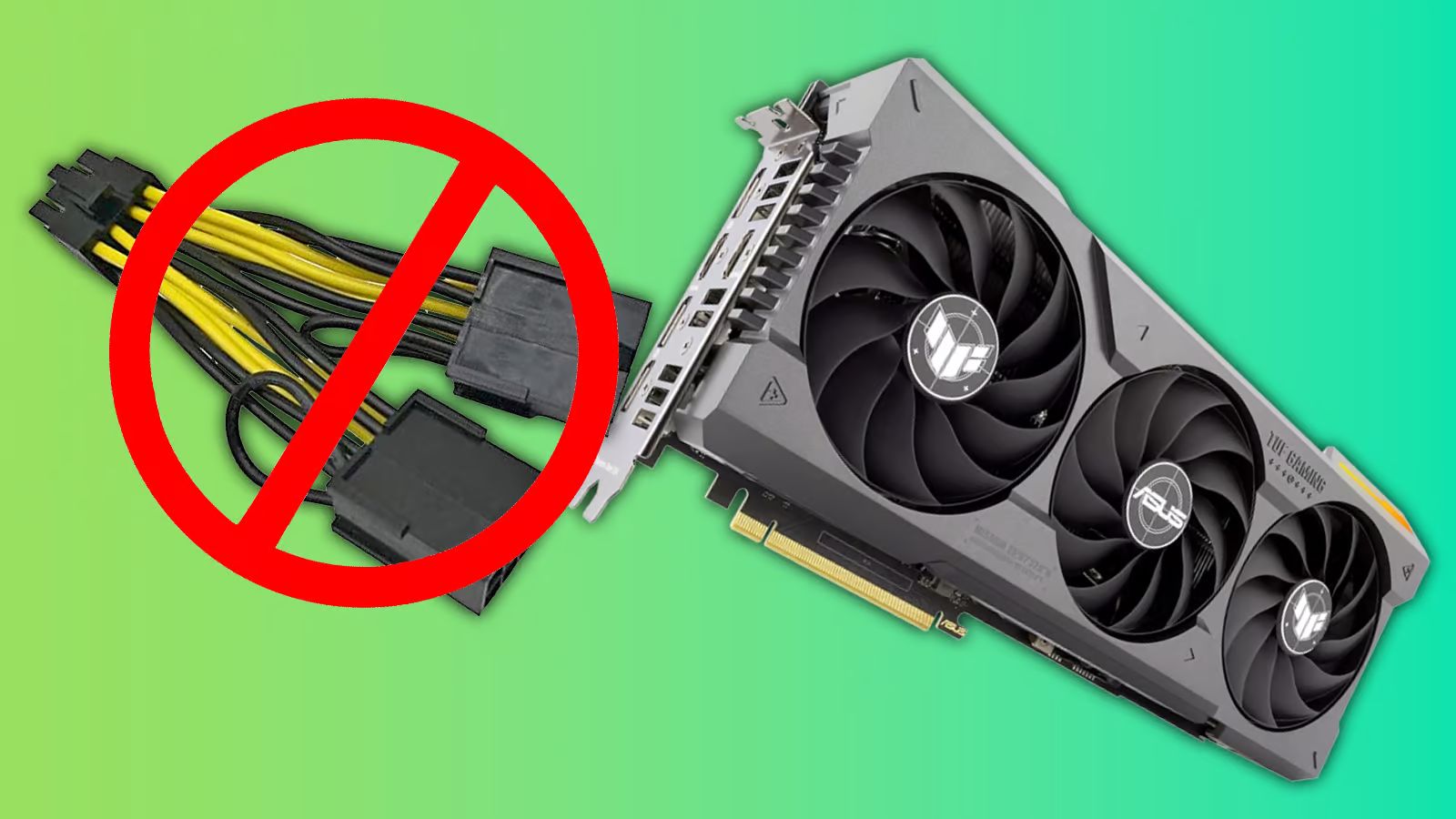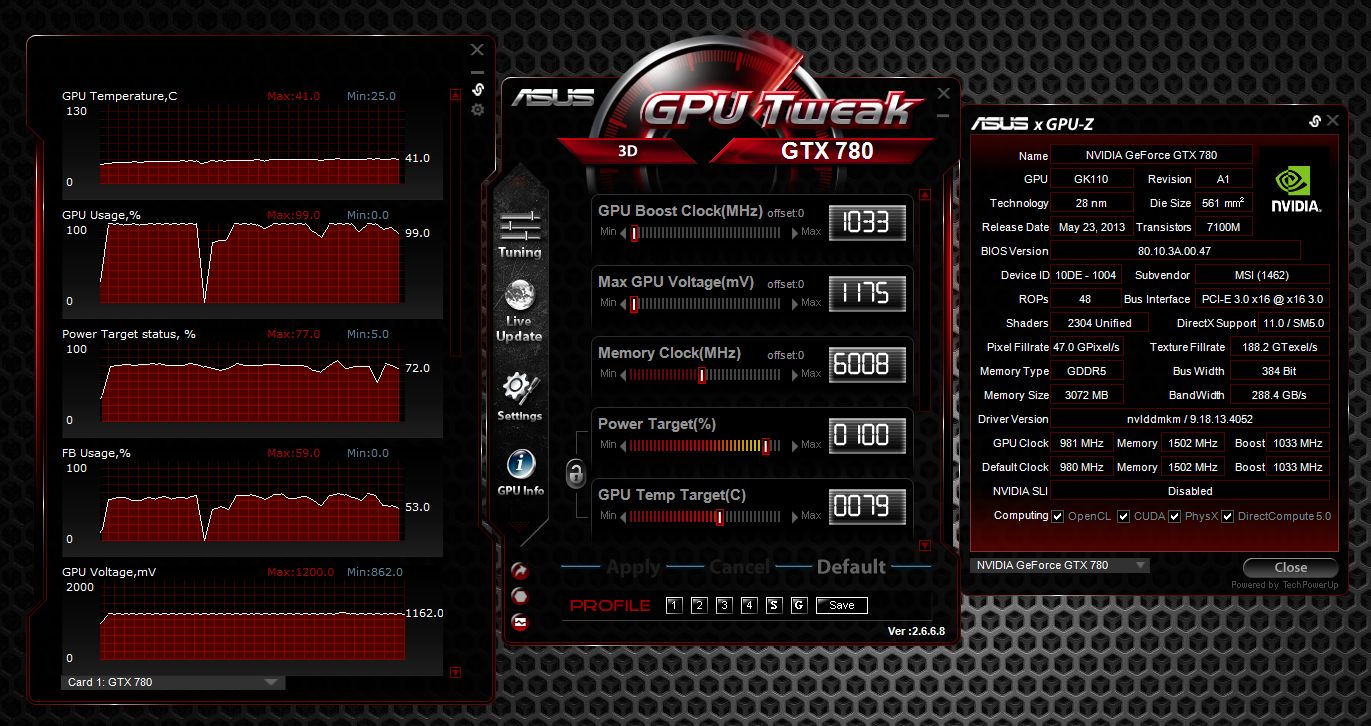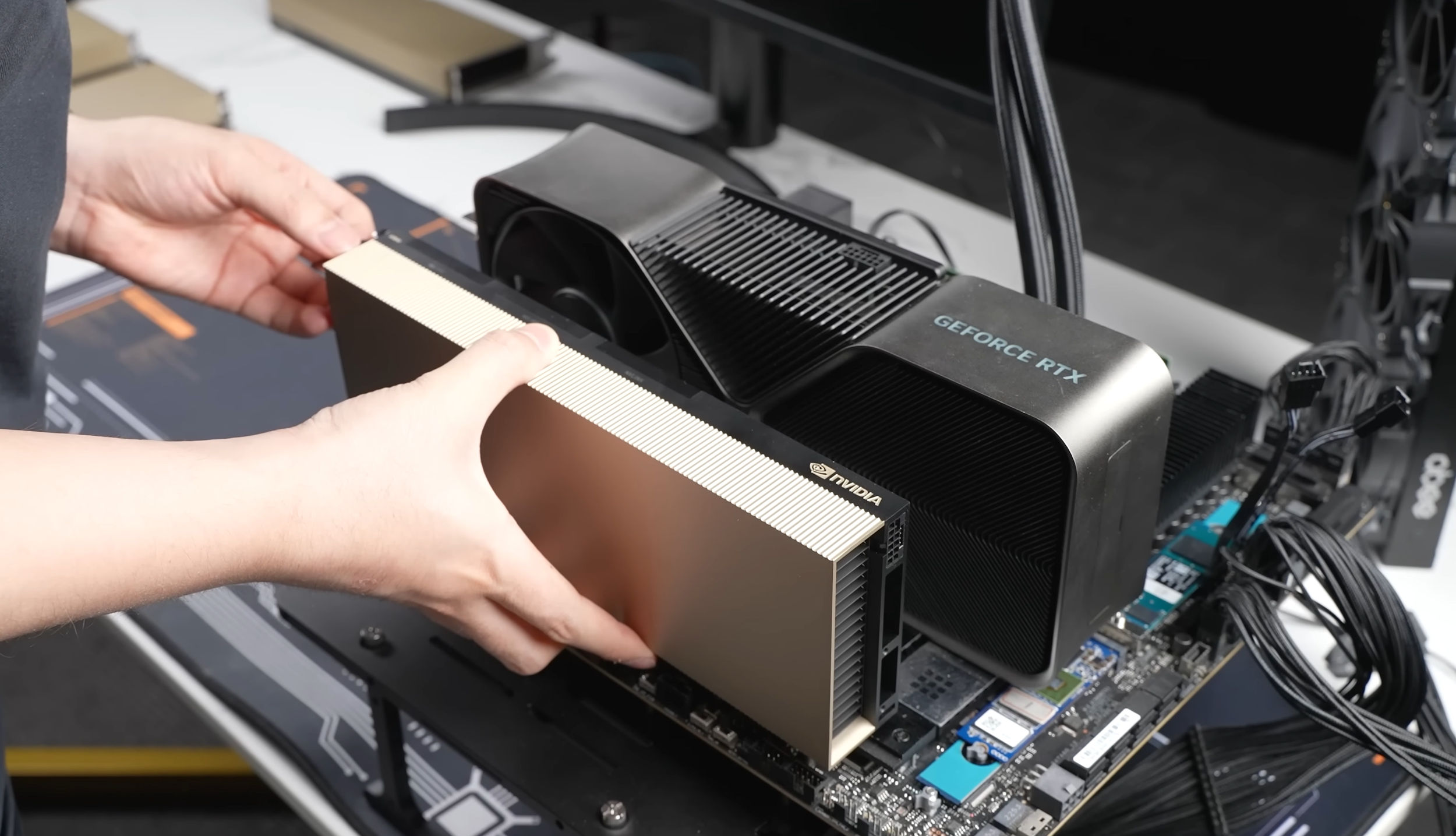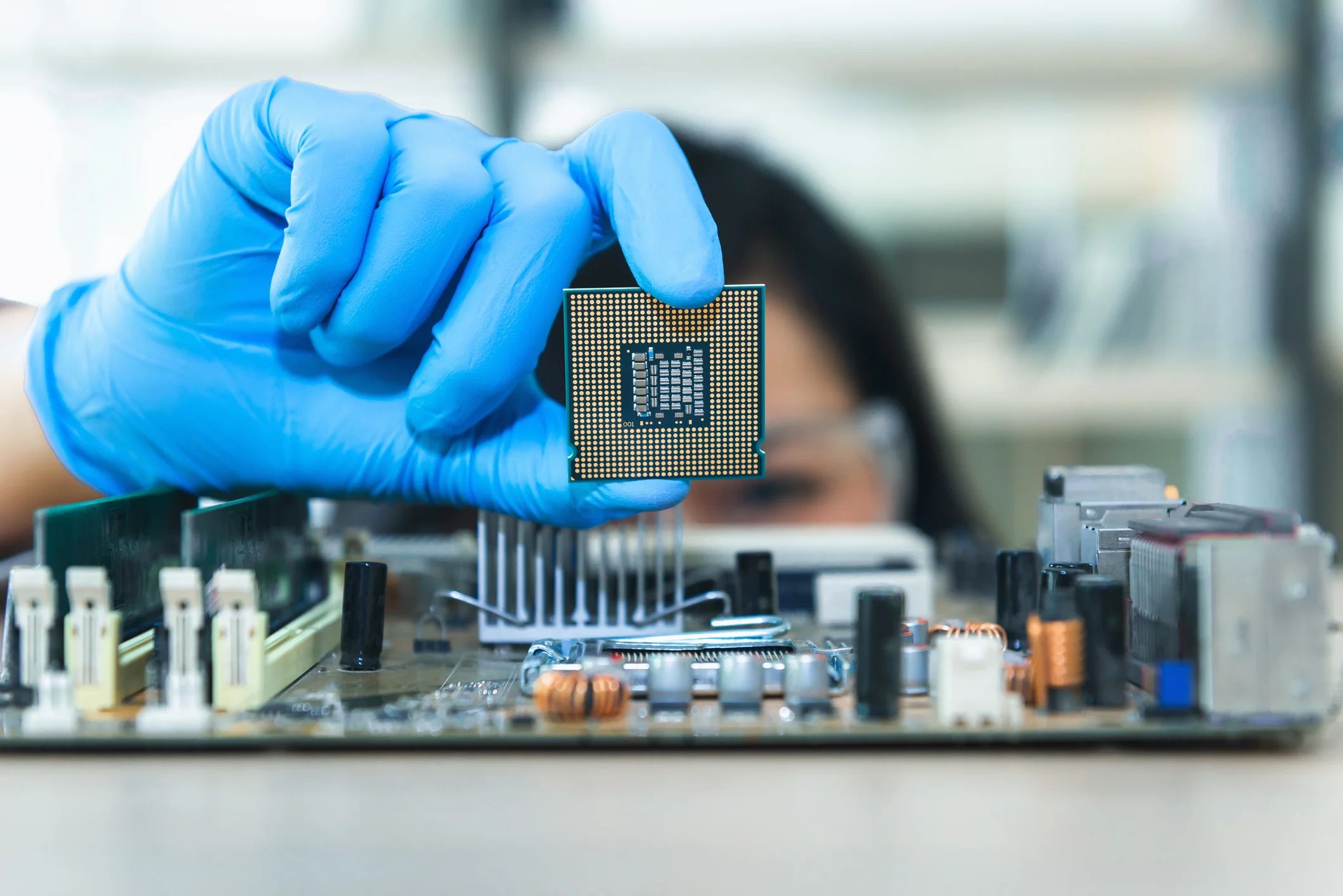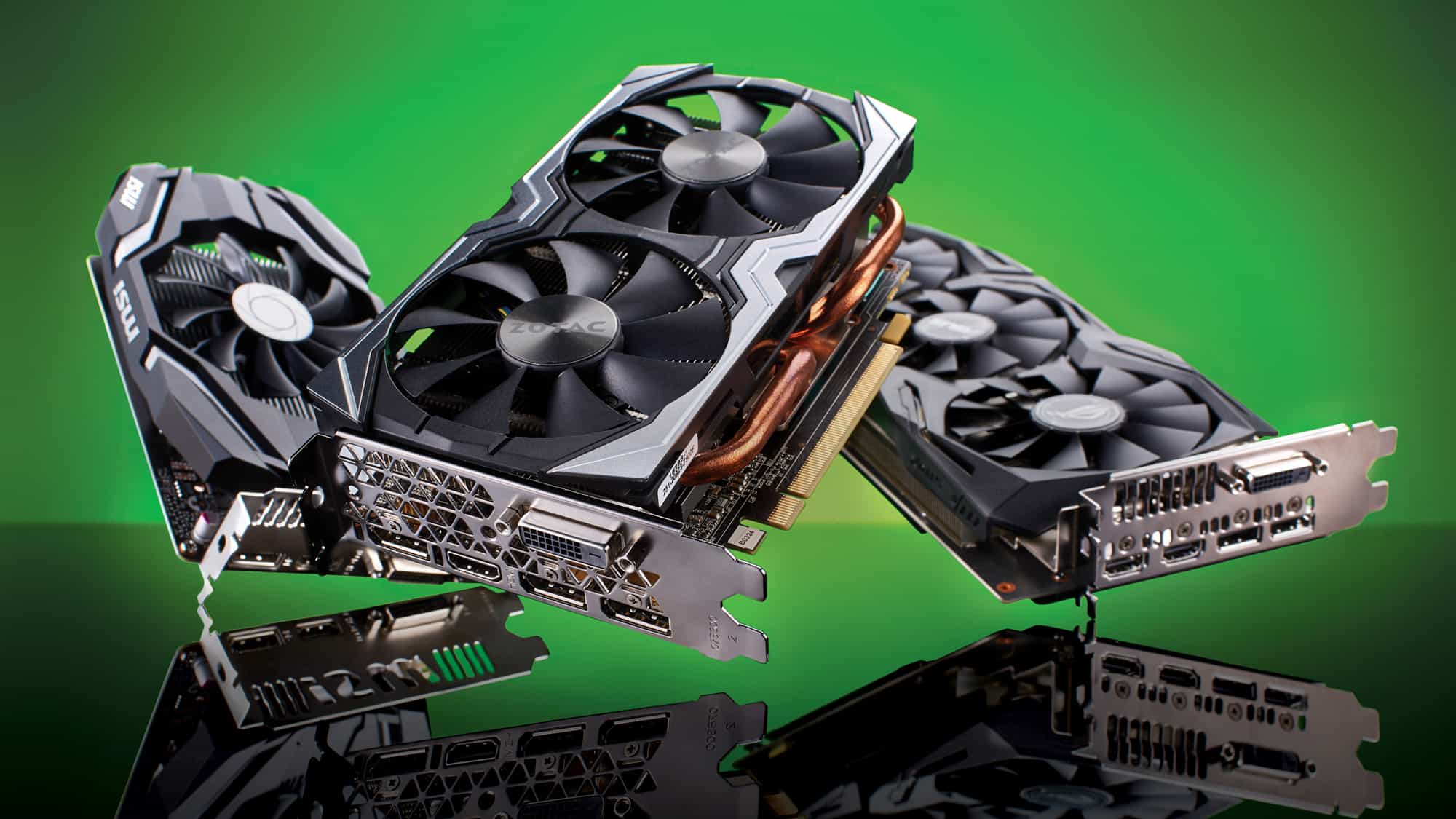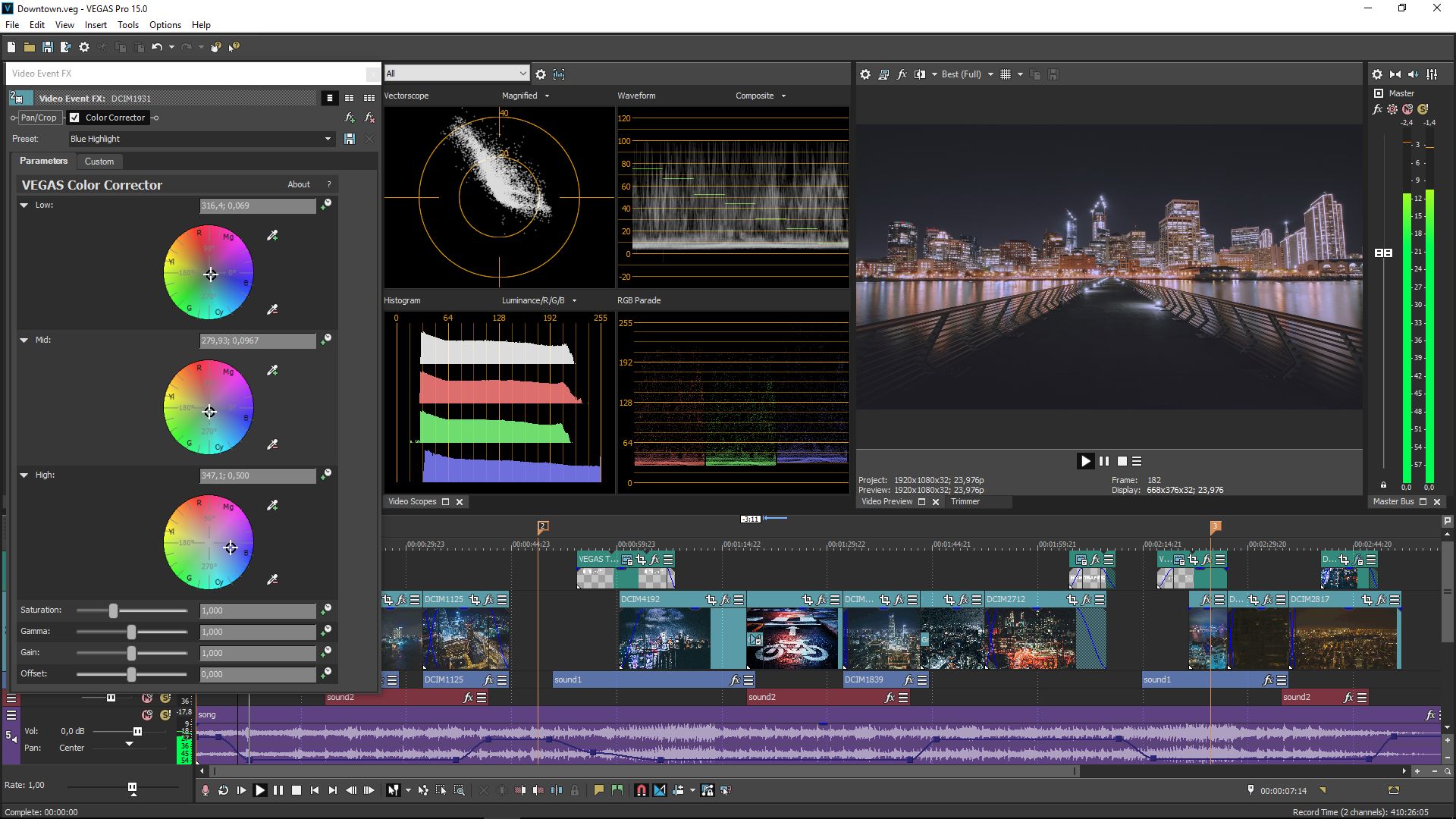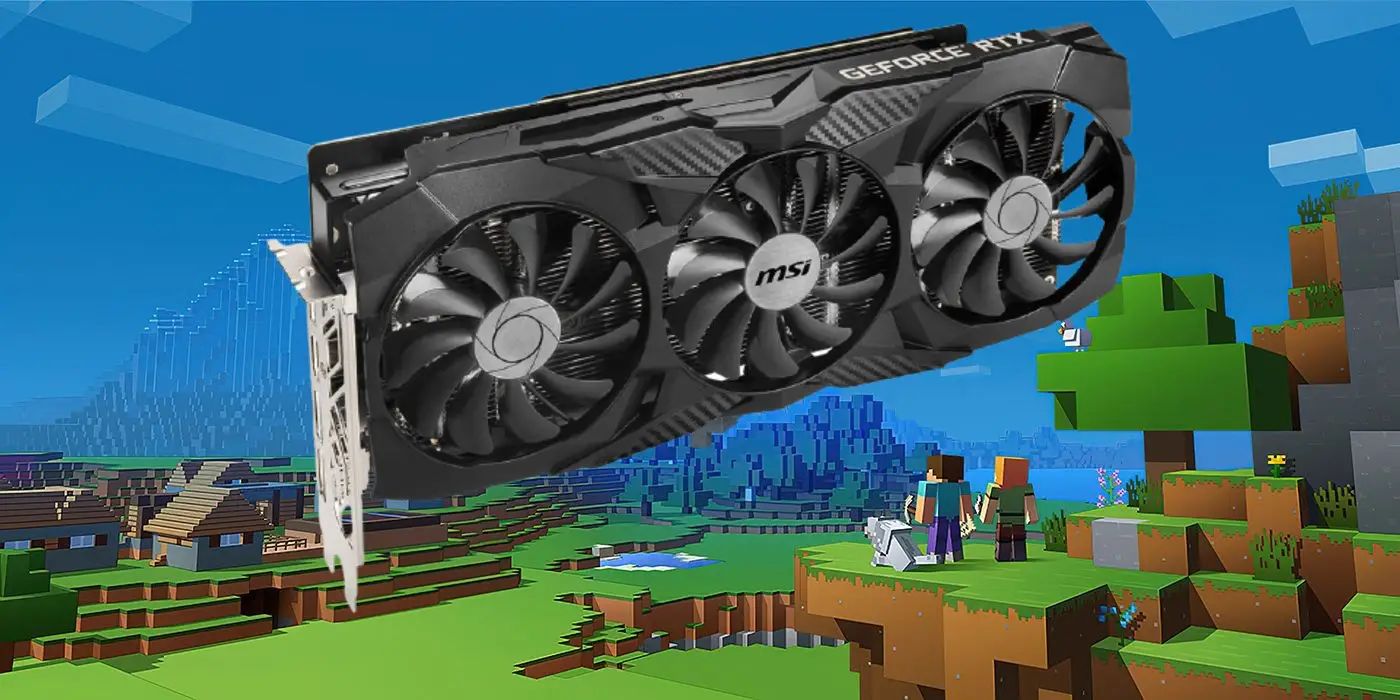Introduction
The Graphics Processing Unit (GPU) is an essential component of modern computers and devices that handles the graphical rendering and processing tasks. However, there may be certain scenarios where disabling the GPU can be beneficial. In this article, we will explore the reasons why one might want to disable the GPU and provide step-by-step instructions on how to do it on various operating systems.
Disabling the GPU can be useful in several situations. For example, if you are experiencing graphics-related issues such as display artifacts, freezing, or crashing, disabling the GPU can help troubleshoot and identify the root cause of the problem. Additionally, some older applications or games may not be fully compatible with newer GPU models, leading to compatibility issues. Disabling the GPU allows you to use the integrated graphics processor or fallback to software rendering, which can improve stability and compatibility.
It’s important to note that disabling the GPU may result in a decrease in graphics performance, as the integrated graphics or software rendering may not be as powerful as a dedicated GPU. However, for certain tasks that don’t require intensive graphical processing, such as word processing or web browsing, the impact on performance may be negligible.
Before proceeding with disabling the GPU, it’s essential to verify whether your device has a dedicated GPU. Most laptops and desktop computers come with integrated graphics, which means the GPU is integrated into the CPU. However, some devices, especially gaming laptops or high-performance desktops, may have a separate dedicated GPU.
In the following sections, we will provide instructions for disabling the GPU in the three most common operating systems: Windows, macOS, and Linux. Additionally, we will explore some advanced options for disabling the GPU and address potential issues that may arise during the process.
Why Disable GPU?
There are several reasons why you might want to disable the GPU on your computer or device. Let’s explore some of the common scenarios where disabling the GPU can be beneficial.
1. Troubleshooting Graphics Issues: If you are encountering graphical glitches, artifacts, display flickering, or system crashes while performing tasks that require GPU acceleration, disabling the GPU can help identify if these issues are caused by a faulty GPU. By falling back to the integrated graphics or software rendering, you can determine whether the GPU is the root cause of the problem.
2. Compatibility Issues: Some older applications, games, or software may not be fully optimized or compatible with the latest GPU models. This can lead to graphical anomalies, performance degradation, or even system instability. Disabling the GPU allows you to use the integrated graphics or software rendering, providing better compatibility with older software that may be incompatible with your GPU.
3. Power and Battery Saving: Disabling the GPU can significantly reduce power consumption, making it beneficial for laptops and other mobile devices. When performing tasks that don’t require intense graphical processing, such as browsing the web, word processing, or running lightweight applications, the integrated graphics or software rendering can handle these tasks efficiently while consuming less power. This can contribute to longer battery life and energy savings.
4. Testing and Development: In the software development and testing field, there may be situations where you need to simulate lower-end hardware configurations or test the performance of your application on devices without dedicated GPUs. Disabling the GPU allows you to test and optimize your software for a wider range of hardware configurations and ensure compatibility with machines that rely solely on integrated graphics or software rendering.
5. Privacy and Security: Occasionally, GPU vulnerabilities may be discovered that can be exploited by malicious parties to gain unauthorized access or perform attacks. Disabling the GPU, especially when not in use, can minimize the risk of potential security breaches and provide an additional layer of protection for your system.
Disabling the GPU is not always necessary or recommended, as it may impact the performance and functionality of resource-intensive tasks that heavily rely on graphical processing. However, in specific situations where graphics issues, compatibility problems, power saving, testing, or security are a concern, disabling the GPU can provide a viable solution to mitigate these challenges.
Checking If Your Device Has a Dedicated GPU
Before proceeding with disabling the GPU, it’s essential to determine whether your device has a dedicated GPU or relies solely on integrated graphics. Most laptops and desktop computers come with integrated graphics, where the GPU is integrated into the CPU. However, some devices, such as gaming laptops or high-performance desktops, may have an additional dedicated GPU.
Here’s how you can check if your device has a dedicated GPU:
- Windows: On Windows, you can use the Device Manager to identify whether your device has a dedicated GPU. Press Windows Key + X and select Device Manager from the menu. Expand the Display Adapters category. If you see two or more entries under this category, it indicates that your device has a dedicated GPU alongside the integrated graphics.
- macOS: To check if your Mac has a dedicated GPU, click on the Apple menu and select About This Mac. In the Overview tab, click on the System Report button. Under the Hardware section, select Graphics/Displays. You will see information about the GPU(s) installed on your Mac. If multiple GPUs are listed, it means your Mac has a dedicated GPU.
- Linux: Checking for a dedicated GPU on Linux can be done through the command line. Open the terminal and enter the command
lspci -v | grep -A 12 VGA. This will display information about the VGA controllers, including any dedicated GPUs that may be present in your system.
By following the steps above, you can easily determine whether your device has a dedicated GPU or relies solely on integrated graphics. This information will be helpful as you proceed with disabling the GPU, as the steps may vary depending on the type of GPU your device has.
Disabling GPU in Windows
If you’re using Windows and want to disable the GPU, you can do so by following these steps:
- Open Device Manager: Press the Windows Key and X simultaneously, then select Device Manager from the menu.
- Expand the Display Adapters category: In the Device Manager window, find the Display Adapters category and click on the arrow to expand it. This will display the list of graphics devices installed on your system.
- Disable the dedicated GPU: Right-click on the dedicated GPU (if listed) and select Disable device from the context menu. You may receive a confirmation prompt; click Yes to disable the GPU. Note: If you have multiple GPUs listed, make sure to select the dedicated GPU and not the integrated graphics.
- Restart your computer: After disabling the GPU, it is recommended to restart your computer to apply the changes effectively.
Upon restarting your computer, the dedicated GPU will be disabled, and your system will rely on the integrated graphics or software rendering for graphic processing.
It’s important to note that disabling the GPU on Windows may vary depending on your system and graphics drivers. In some cases, specific GPU control panels or settings may need to be accessed to disable the GPU. If you encounter any difficulties or cannot find the option to disable the GPU through the Device Manager, consult the documentation provided by your GPU manufacturer or seek assistance from their support channels.
Remember that disabling the GPU can impact graphic-intensive tasks and may result in lower graphical performance. However, for tasks that don’t rely heavily on graphical processing, such as web browsing or word processing, the impact should be minimal.
Disabling GPU in macOS
If you are using a Mac and want to disable the GPU, here are the steps you can follow:
- Open System Preferences: Click on the Apple menu in the top-left corner of your screen and select System Preferences from the drop-down menu.
- Select Energy Saver: In the System Preferences window, click on the Energy Saver icon. This will open the Energy Saver settings that control power management on your Mac.
- Click on the Battery/Power Adapter tab: Depending on whether your Mac is currently connected to a power source or running on battery, select the appropriate tab from the top of the Energy Saver window.
- Enable Automatic graphics switching: If your Mac has both an integrated GPU and a dedicated one, you will see an option called Automatic graphics switching in the Energy Saver preferences. Make sure this option is enabled. By default, macOS will automatically switch between integrated and dedicated graphics based on the applications and tasks at hand.
- Restart your Mac: After making the necessary changes, restart your Mac to optimize the settings. This will ensure that your Mac is utilizing the integrated graphics instead of the dedicated GPU.
With these steps, you have effectively disabled the dedicated GPU on your Mac. Your system will now utilize the integrated graphics for graphics processing, providing potential power savings and compatibility improvements for certain applications.
It’s important to note that the method described here is applicable for most Macs with both integrated and dedicated GPUs. However, the steps may slightly vary depending on the version of macOS or the specific model of your Mac. If you encounter any difficulties or cannot find the necessary settings, refer to the official documentation provided by Apple or seek assistance from their support channels.
Remember that disabling the GPU can impact graphic-intensive tasks, and the performance may vary when relying solely on integrated graphics. However, for everyday tasks like web browsing, document editing, or basic photo editing, the integrated graphics should suffice without a significant impact on performance.
Disabling GPU in Linux
If you are using a Linux-based operating system and want to disable the GPU, the process may vary depending on the distribution and the specific graphics driver you’re using. However, here are some general steps you can follow:
- Open a terminal: Launch a terminal window by either searching for “Terminal” in the applications menu or using the keyboard shortcut Ctrl + Alt + T.
- Identify the graphics card and driver: In the terminal, enter the command
lspci -v | grep -A 12 VGA. This will display information about your graphics card and its driver. Take note of the driver name, as it will be used in the next steps. - Create or edit a configuration file: Depending on your graphics driver, you may need to create or modify a configuration file to disable the GPU. Commonly used configuration files include
xorg.confor20-intel.conf. You can use a text editor likeviornanoto make the necessary changes. - Add or modify settings to disable GPU: Within the configuration file, add or modify the appropriate settings to disable the GPU. The specific settings and values will depend on your graphics driver. For example, for Intel graphics, you can add the line
Option "AccelMethod" "none"to disable hardware acceleration. - Save the configuration file: After adding or modifying the necessary settings, save the configuration file and exit the text editor.
- Restart your computer: Once you have made the changes and saved the configuration file, reboot your Linux system to apply the changes. Upon restarting, your system should be utilizing the integrated graphics or software rendering instead of the GPU.
It’s important to note that the steps provided here are general guidelines, and the process may vary depending on your specific Linux distribution, graphics card, and driver. Additionally, different drivers may require different configuration files or settings to disable the GPU.
If you encounter any difficulties or are unsure about the specific steps for your system, refer to the official documentation for your Linux distribution or consult online forums and communities for further assistance. Linux communities often provide helpful resources and guides catered to specific distributions and hardware configurations.
Remember that disabling the GPU can impact graphical performance, and the extent of the impact may vary depending on the tasks you perform. However, for non-graphically-intensive tasks such as browsing, document editing, or basic programming, the impact should be minimal, and you will still be able to use your Linux system efficiently.
Advanced Options for GPU Disabling
While the previously described methods of disabling the GPU should work for most users, there are some advanced options available for those who require more control or have specific needs. These options offer alternative approaches to disabling the GPU on various operating systems. Let’s explore some of these advanced methods:
- BIOS/UEFI Settings: Some computers have BIOS or UEFI firmware that allows you to configure hardware settings. In certain cases, you may find an option to disable the dedicated GPU directly from the firmware settings. To access these settings, restart your computer and look for prompts or instructions to enter the BIOS/UEFI interface. Note that not all systems have this option, and it varies depending on the manufacturer and firmware version.
- Kernel Parameters (Linux): On Linux systems, you can modify the kernel parameters to disable the GPU during the boot process. This involves adding specific parameters to the kernel command line. The exact procedure may vary depending on your Linux distribution. Common parameters for disabling the GPU include
nomodesetormodprobe.blacklist=nouveau. Consult your distribution’s documentation or online resources for the appropriate kernel parameters for your GPU. - Third-Party Tools: There are third-party tools available that provide more advanced GPU management options. These tools allow you to fine-tune GPU settings, control power consumption, or even disable the GPU entirely. Examples include applications like NVIDIA Control Panel (for NVIDIA GPUs) or AMD Catalyst Control Center (for AMD GPUs). These tools often offer a graphical interface and more customization options for GPU management.
- Safe Mode: On certain operating systems, such as Windows, you can boot into Safe Mode to disable the GPU temporarily. In Safe Mode, your system uses a basic set of drivers and configurations, which may exclude the GPU driver. While this method can help diagnose GPU-related issues, it’s important to note that you won’t have access to the full functionality or performance of your GPU while in Safe Mode.
These advanced options provide additional flexibility for managing and disabling the GPU on your computer or device. However, it’s crucial to exercise caution and carefully follow instructions or documentation specific to your operating system, hardware, and software setup. Modifying firmware settings or kernel parameters can have unintended consequences if not done correctly.
If you are unsure about any of these methods or require assistance, it’s recommended to consult official documentation, user forums, or seek support from the manufacturer or developer for your specific hardware and software configuration.
Note that disabling the GPU using advanced options may have different impacts and consequences depending on the method used and the tasks you perform. It’s important to carefully consider the trade-offs and potential implications before implementing these advanced techniques.
Potential Issues and Troubleshooting
While disabling the GPU can be beneficial in certain situations, it’s important to be aware of potential issues that may arise and how to troubleshoot them. Here are some common issues you may encounter when disabling the GPU:
- Decreased Graphic Performance: Disabling the dedicated GPU means relying on the integrated graphics or software rendering, which may result in lower graphical performance, especially for resource-intensive tasks like gaming or video editing. If you experience a significant decrease in performance, you may need to re-enable the GPU or consider alternative solutions to address the performance needs of your tasks.
- Compatibility Problems: Although disabling the GPU can improve compatibility with certain applications, it may introduce compatibility issues with others. Some software, particularly those with specific hardware requirements or dependencies on GPU acceleration, may not function as expected when the GPU is disabled. If you encounter compatibility problems, consider re-enabling the GPU temporarily or seeking alternative software solutions that are better suited for systems without a dedicated GPU.
- Driver or Configuration Conflicts: Disabling the GPU may result in conflicts with drivers or system configurations. This can lead to issues such as driver crashes, system instability, or other unexpected behavior. If you experience any conflicts or issues related to the GPU disablement, ensure that you have the latest drivers installed and consider checking for updates to your operating system. Additionally, consult vendor documentation or support channels for guidance on troubleshooting specific driver or configuration conflicts.
- Impact on External Displays: Disabling the dedicated GPU may affect the functionality or compatibility of external displays, particularly if they rely on GPU-specific features or drivers. If you encounter problems with external displays or experience issues such as resolution mismatches or flickering, check your display settings, update drivers if applicable, and consider re-enabling the GPU temporarily to troubleshoot the issue further.
- System Instability: In rare cases, disabling the GPU may result in system instability or crashes. If your system becomes unstable or experiences frequent crashes after disabling the GPU, it is advisable to re-enable the GPU and investigate the cause further. Check for any hardware or driver issues that may contribute to the instability and consider seeking technical assistance to diagnose and resolve the problem.
When troubleshooting the above issues, it’s essential to consider your specific hardware, operating system, and software configuration. The solutions can vary depending on these factors, so consult official documentation, manufacturer support forums, or seek professional assistance if needed.
Remember to weigh the benefits and drawbacks of disabling the GPU for your specific requirements. If the potential issues outweigh the benefits or if you encounter persistent problems, you may need to reconsider the decision to disable the GPU and explore alternative solutions to address your specific needs.
Conclusion
Disabling the GPU can be a useful approach in certain situations, such as troubleshooting graphics issues, improving compatibility, saving power, or testing software on different hardware configurations. By following the steps outlined in this article, you can successfully disable the GPU on your device, whether it’s running Windows, macOS, or Linux.
However, it’s important to weigh the benefits and drawbacks of disabling the GPU. While it can help address specific challenges, such as graphics-related problems or compatibility issues, it may also result in decreased performance for graphically intensive tasks and potential conflicts with drivers or systems configurations.
Before disabling the GPU, it’s recommended to thoroughly evaluate your needs and consider alternative solutions. In some cases, updating drivers, adjusting settings, or seeking professional assistance may provide a better resolution to the issues you’re facing without completely disabling the GPU.
Additionally, it’s crucial to note that the process of disabling the GPU may vary depending on your specific hardware, operating system, and software configurations. Always refer to official documentation, user forums, or seek assistance from the manufacturer or developer of your device or graphics card if you encounter difficulties or require further guidance.
Remember that disabling the GPU is an advanced process, and it should be approached with caution and careful consideration. Be aware of the potential impacts on your system’s performance and functionality, and be prepared to troubleshoot any issues that may arise.
By understanding the reasons for disabling the GPU, checking if your device has a dedicated GPU, following the appropriate steps for your operating system, and considering advanced options and troubleshooting techniques, you can effectively disable the GPU when necessary and optimize your computing experience according to your specific needs.







